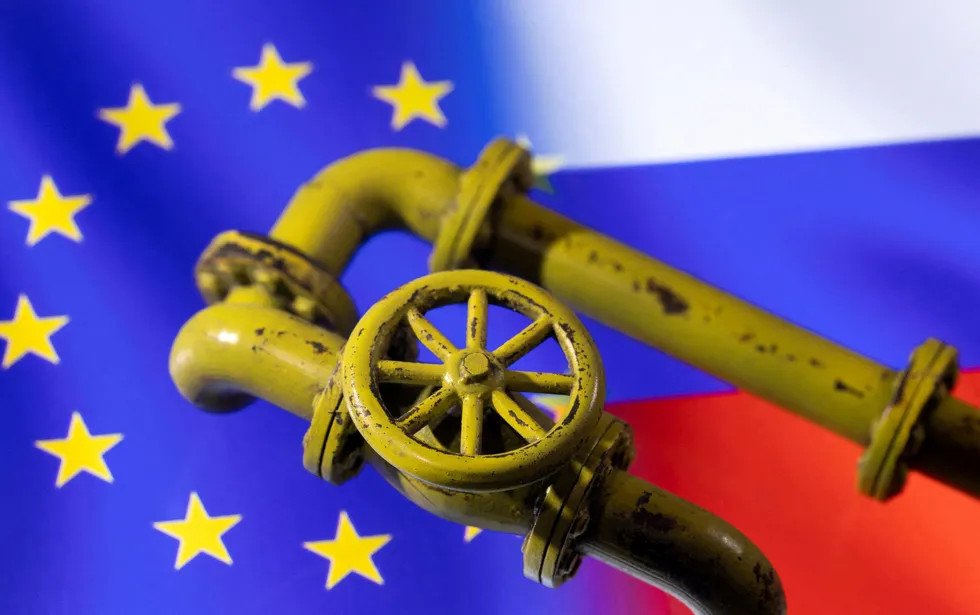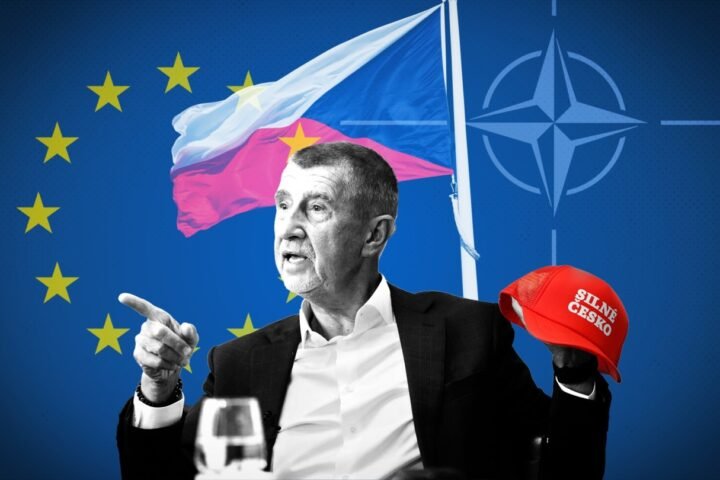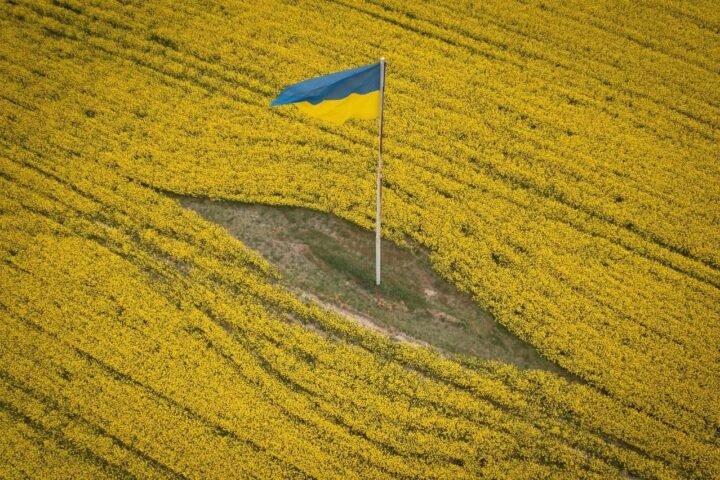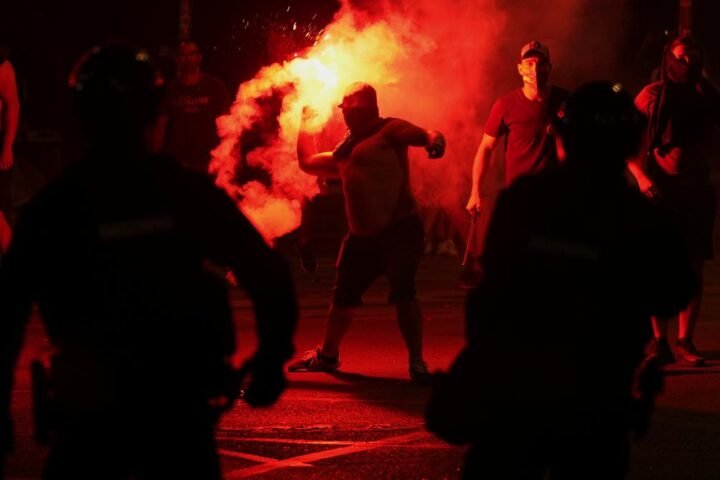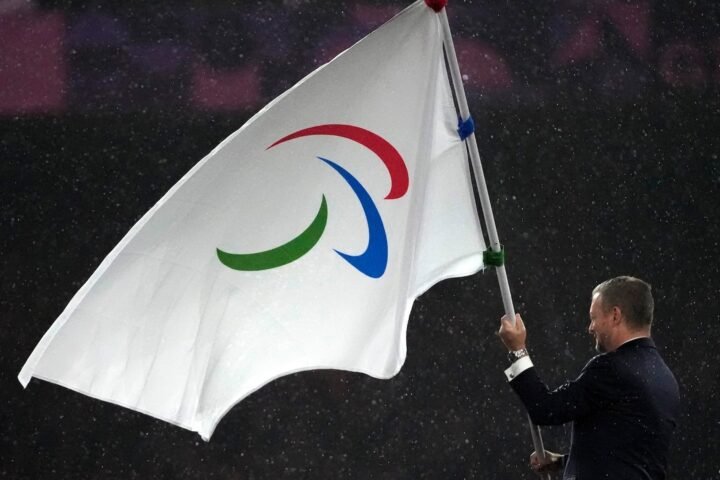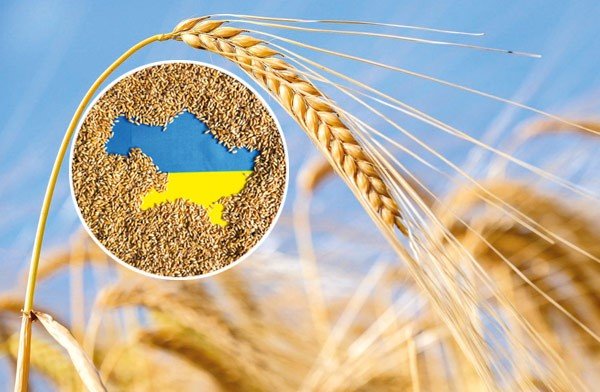Four European Union countries — France, Belgium, Spain and the Netherlands — paid Russia €34.3 billion for liquefied natural gas (LNG) imports between 2022 and 2025, while their combined financial assistance to Ukraine in the same period amounted to €21.2 billion, according to a study published by Greenpeace. The findings were highlighted by Deutsche Welle on September 30, 2025.
Russian LNG trade remains a major revenue stream
The Greenpeace report warns that despite efforts to cut reliance on Russian energy, EU members continue to import Russian LNG via tankers after pipeline supplies dwindled. These deliveries, secured through long-term contracts with companies such as TotalEnergies, Shell, Naturgy and SEFE, are set to continue for years. The main supplier is Yamal LNG, which earned about $40 billion from European sales between 2022 and 2024, paying an estimated $9.5 billion in taxes to the Russian state — enough to theoretically finance millions of artillery shells, thousands of drones or tanks.
In 2024, EU imports of Russian LNG reached a record 22 billion cubic meters, 19% more than the previous year. Russia’s share of the European LNG market climbed above 20%, even as Gazprom’s role in pipeline gas collapsed.
EU sanctions to tighten in 2027
The European Commission in September approved its 19th sanctions package against Russia, which includes a ban on Russian LNG imports starting January 2027. Originally planned for the end of 2027, the timeline was brought forward following pressure from U.S. President Donald Trump, who accused European countries of financing Moscow’s war against Ukraine. The formal adoption of the package is expected in early October.
Analysts stress that additional measures, such as targeting tankers transporting Russian LNG or sanctioning Novatek, Russia’s main LNG supplier to the EU, could significantly cut Moscow’s revenues and reduce the Kremlin’s ability to sustain its war economy.
Debate over U.S. energy dependence
Greenpeace also cautioned that cutting Russian energy might increase European dependence on U.S. LNG. However, energy experts argue this concern is overstated. Norway remains the EU’s largest gas supplier and has never used energy as political leverage. Moreover, the United States is a strategic ally, not a geopolitical adversary, which reduces the risk of energy blackmail. The EU is also investing heavily in diversification, building LNG infrastructure to import from a broader range of partners beyond the U.S.
Shifting dynamics on the global LNG market
The global LNG market is expected to undergo significant changes in 2026–2027, with major new export capacities coming online in the United States, Qatar and Australia. This expansion will boost supply options for Europe, with Qatar seen as an increasingly important partner.
At the same time, China is likely to scale back LNG imports from the U.S. and Australia due to worsening relations, freeing up volumes for other markets. This shift could lead to an oversupply in Europe, strengthening its bargaining position and reducing risks of dependency.
